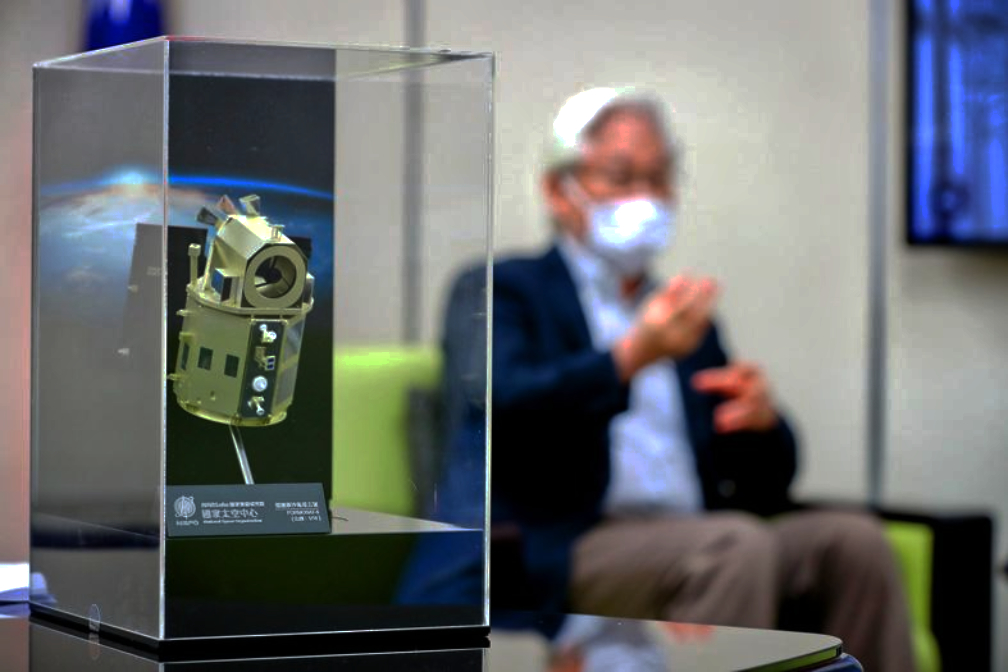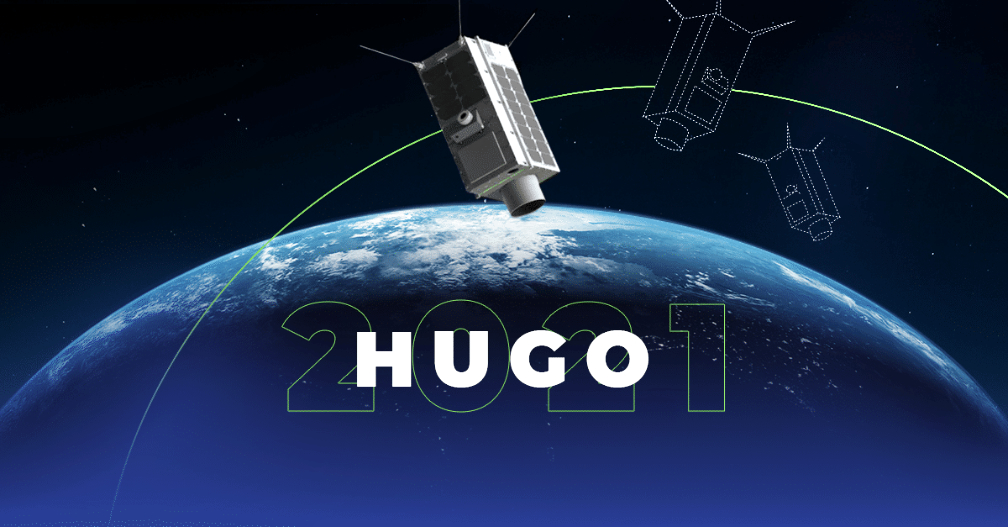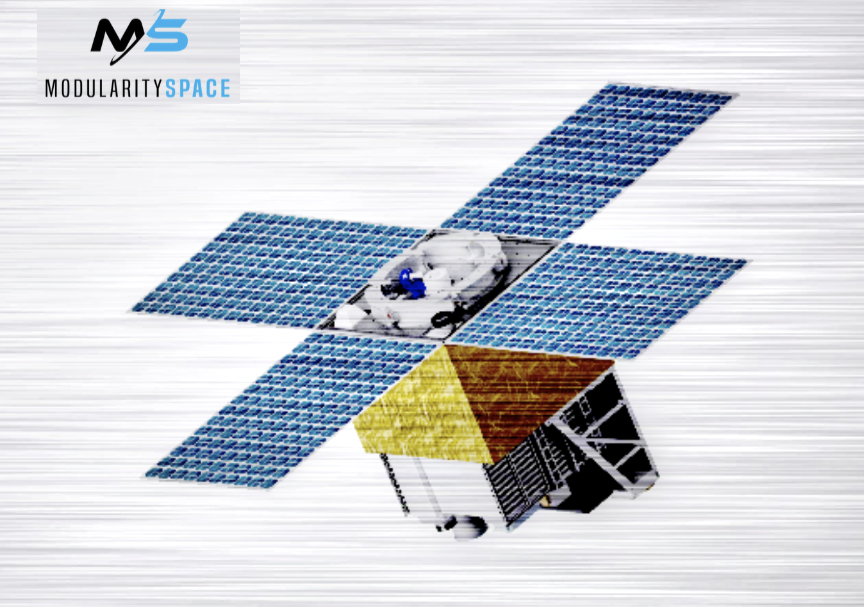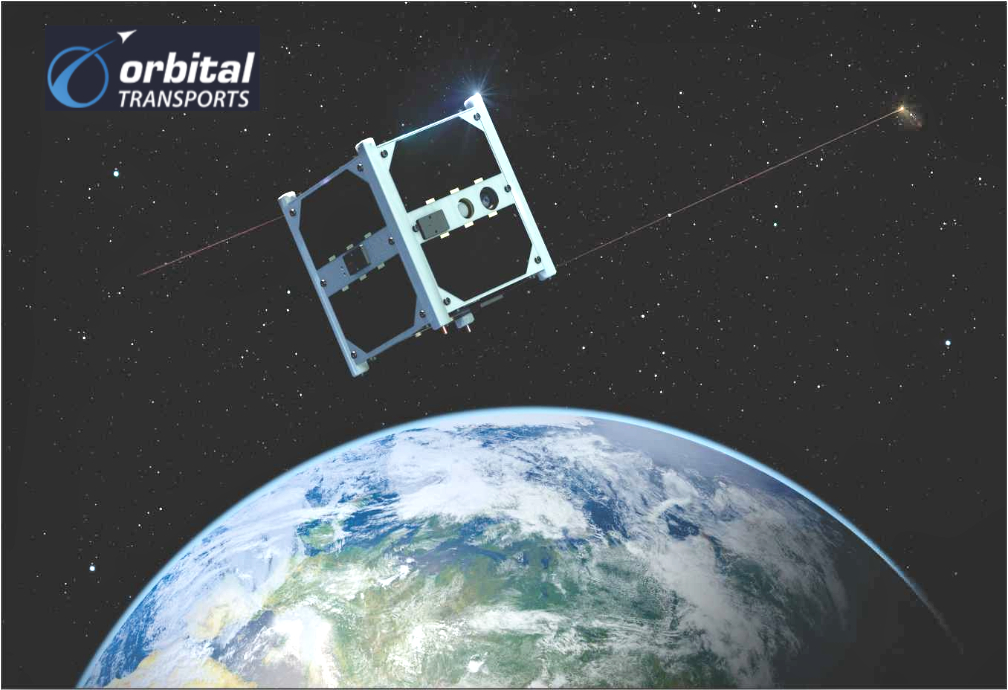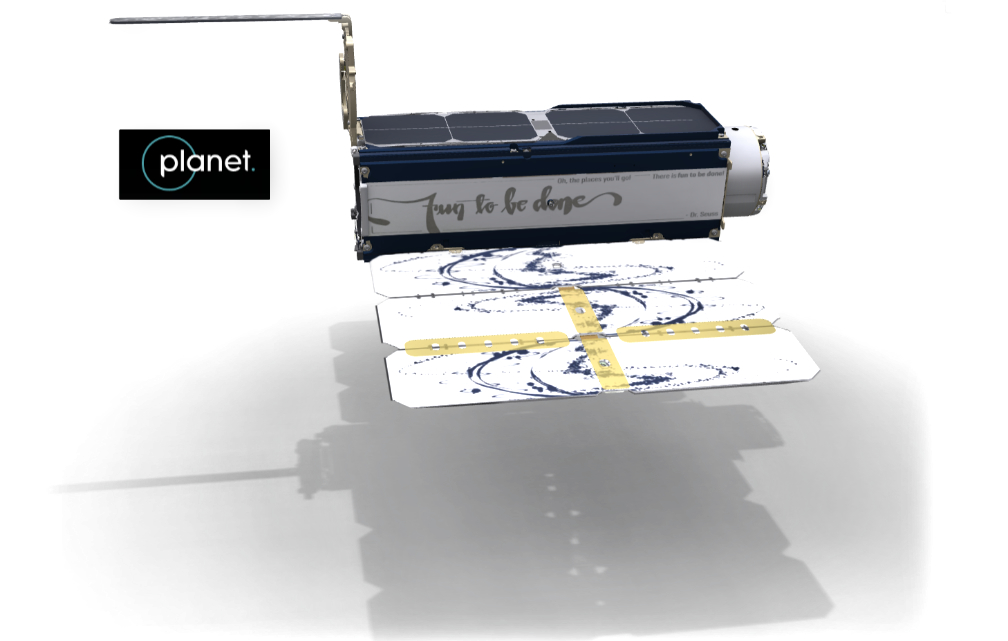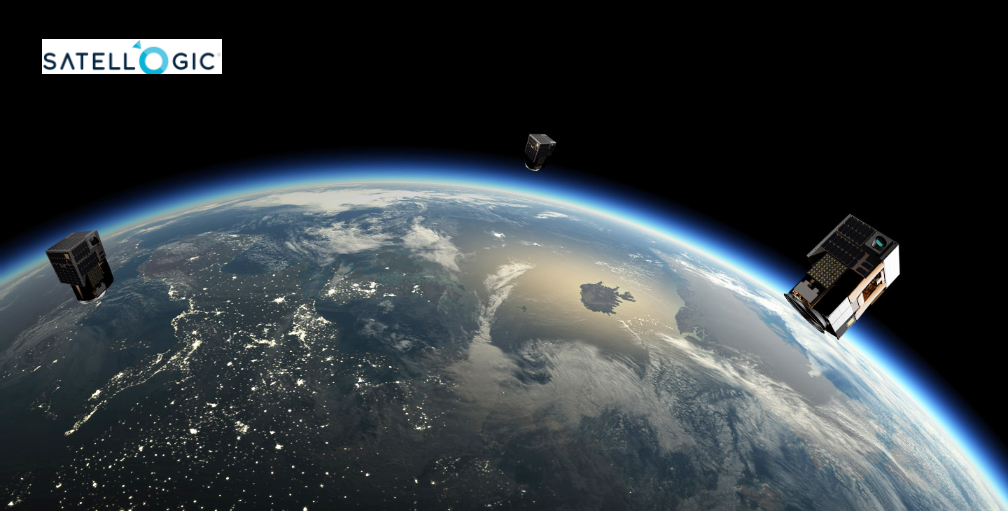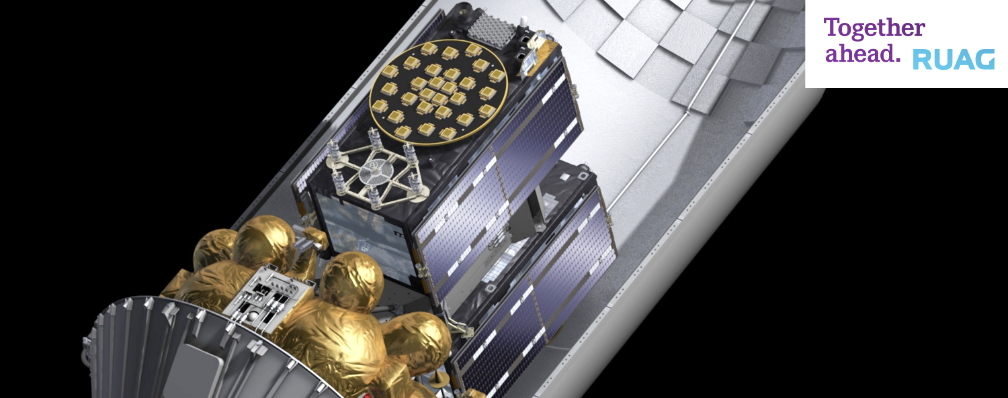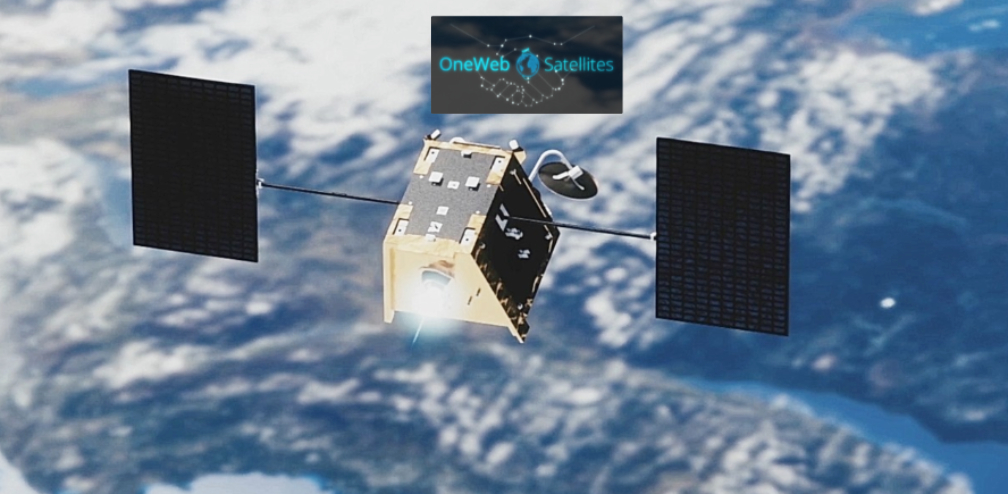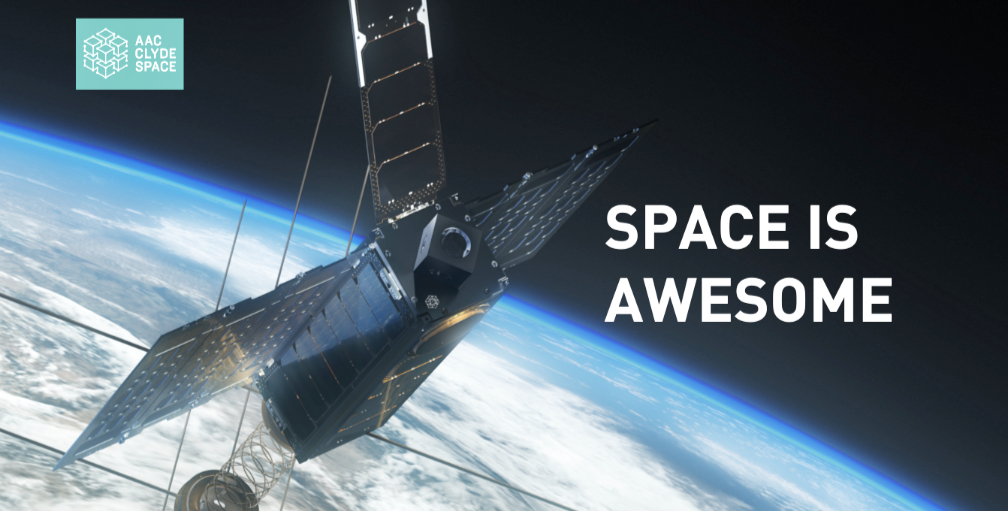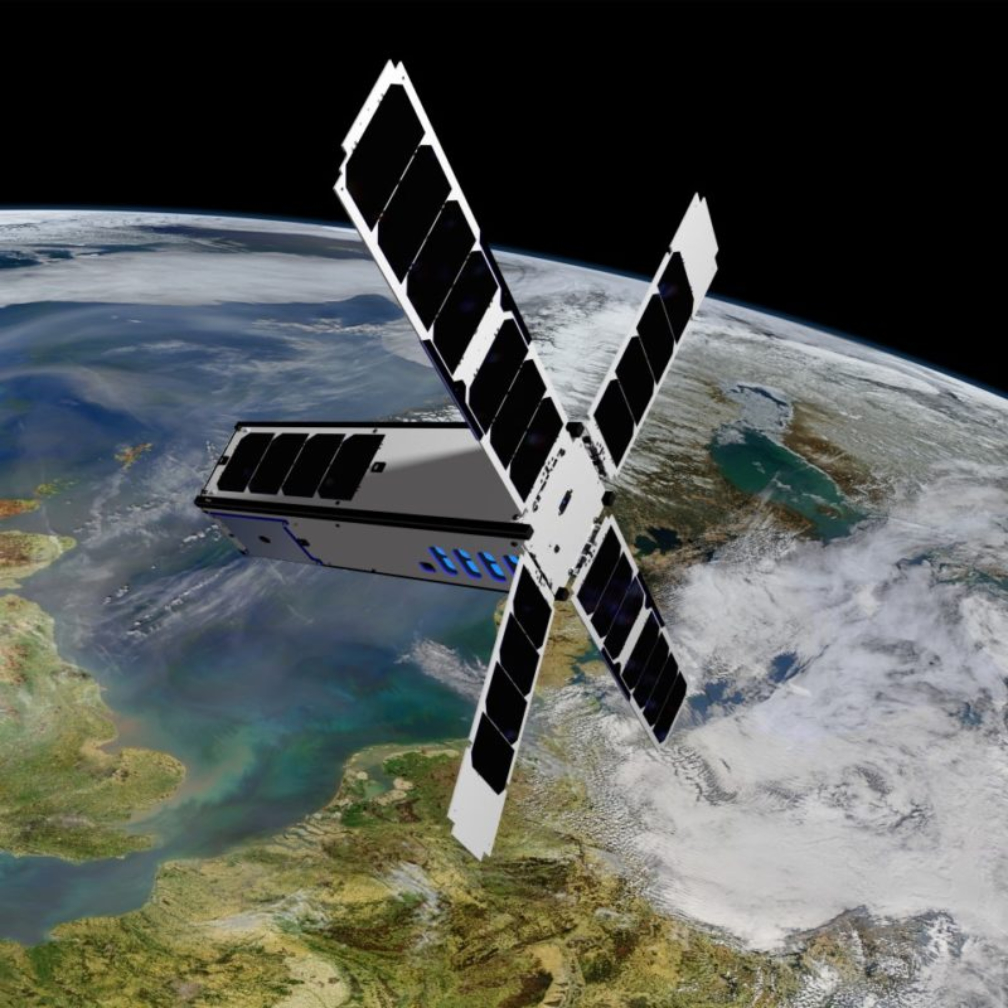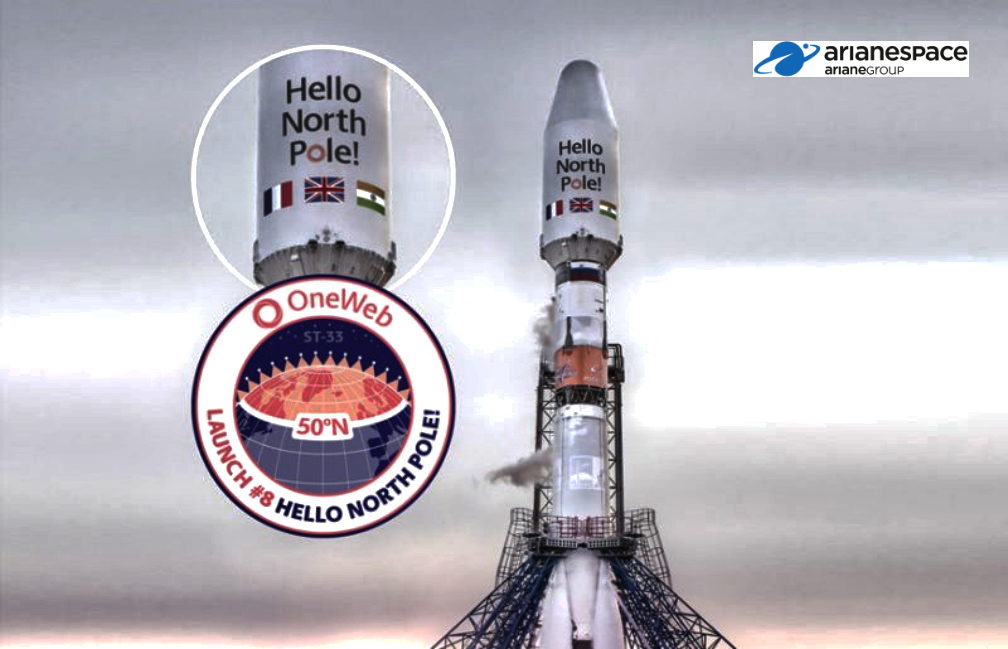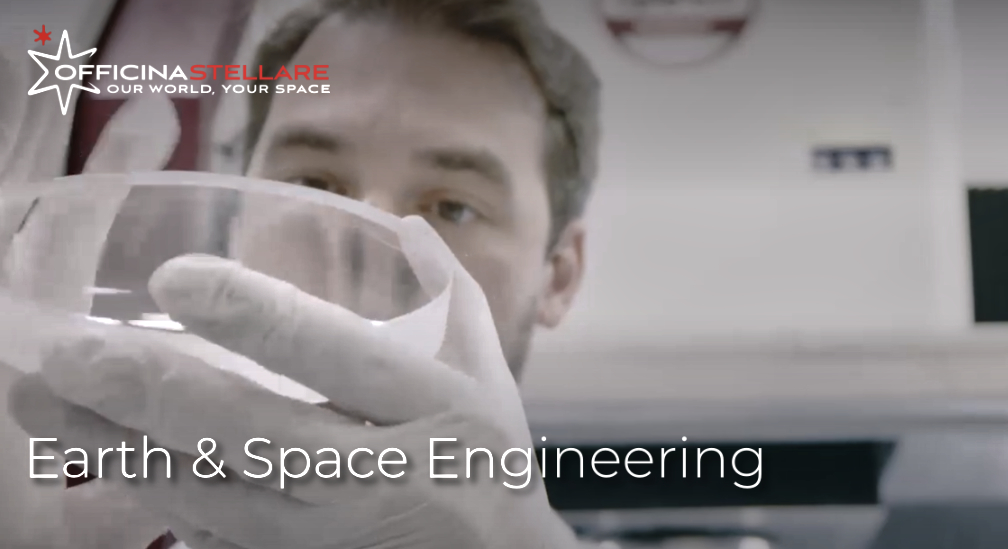
Officina Stellare has signed a new contract for a total of approximately 1 million euros with ISI – ImageSat International for an innovative, multi-spectral, optical payload intended for very high resolution imaging of the Earth’s surface from LEO.
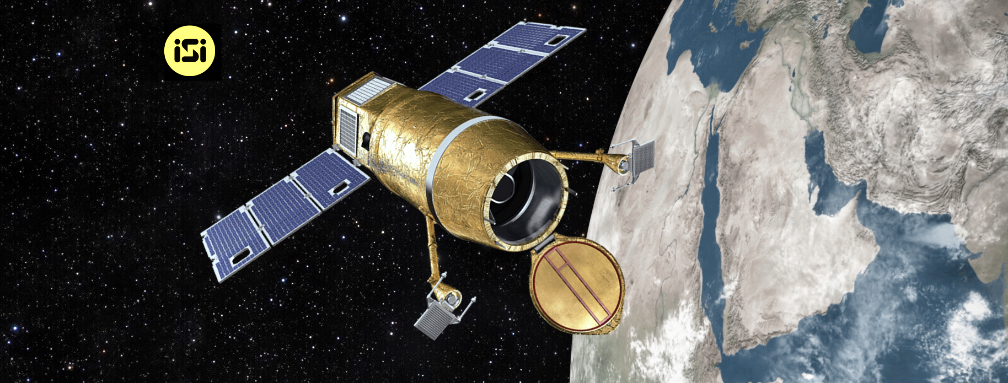
The company will supply a very high resolution, multi-spectral, optical payload, that will operate in the visible and near infrared wavelengths, with the intention of providing 50 cm resolution — delivery is scheduled to occur by Q4 2022. The orbital imaging system will be created with the contribution of the optical instrument expertise of Officina Stellare, thereby creating an innovative set of monitoring and intelligence services that the customer will then be able to offer to end users, inaugurating a new range of products.

ISI-ImageSat International brings more than 20 years’ experience in space based intelligence, providing geospatial intelligence solutions and services based on the EROS NG (Next Generation) EO satellite constellation. ISI is part of an exclusive group of companies that operate ultra-high resolution, EO satellite constellations that are serving Governments, Institutions, Defense & Security organizations and Commercial customers with unique, mission-critical intelligence capabilities.
(Next Generation) EO satellite constellation. ISI is part of an exclusive group of companies that operate ultra-high resolution, EO satellite constellations that are serving Governments, Institutions, Defense & Security organizations and Commercial customers with unique, mission-critical intelligence capabilities.

 Constellation is comprised of three, Ultra High performance, 38 cm resolution, military-grade, EO satellites.
Constellation is comprised of three, Ultra High performance, 38 cm resolution, military-grade, EO satellites.The very high resolution images that will be captured by the space telescope designed and built by Officina Stellare will guarantee a Ground Sampled Distance (GSD) of 50 cm per pixel — that represents a giant leap forward when compared to existing payloads that are currently on-orbit.
Officina Stellare has long been a qualified supplier of optical systems for commercial and institutional EO programs at high and very high resolution, this being an area wherein the company has been meeting the needs of New Space Economy customers for years. The company includes all of the significant steps of the production process, from design to functional testing of the system, passing through manufacturing and the integration of optical and mechanical components.
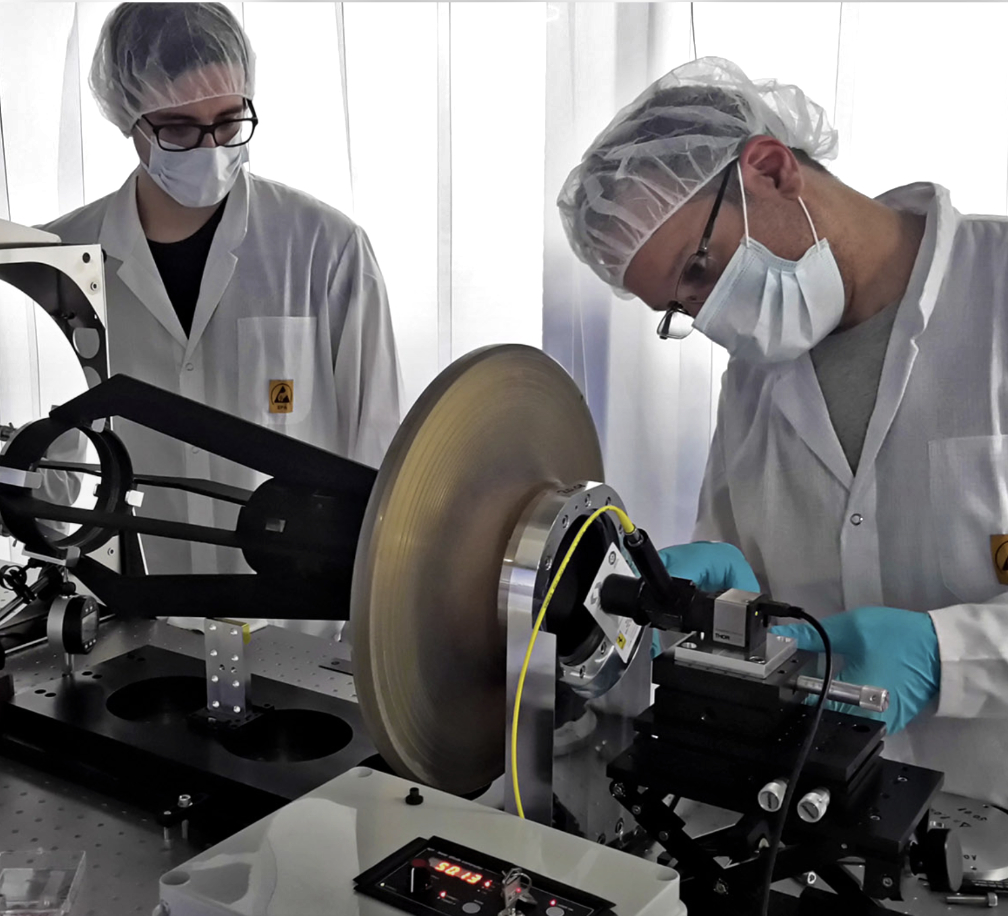
Gino Bucciol, Head of Business Development and Officina Stellare Co-Founder, said, “We are very happy with this achievement, obtained after a long technical negotiation with the customer, which began before the pandemic event and passed unscathed through this delicate, world moment. We are particularly pleased with two aspects: on the one hand, Officina Stellare qualities have been recognized in terms of design as well as the management of the entire production cycle, thereby guaranteeing very high quality standards, as well as with the efficiency, risks mitigation, time-to-market and economic competitiveness of their work. On the other hand, thanks to the Space Factory, and as envisaged by the strategic plan, the industrial growth of Officina Stellare has been confirmed. It has become an important player in the market of high-tech aerospace components as well as for complete systems for imaging, integrating internal products with third party subsystems, as represented, in this case, by focal plane devices.”
“This is a major milestone in the long lasting cooperation between both companies and a testimony to our confidence in the technology and talent of Officina Stellare”, said Noam Segal, Chief Executive Officer of ISI. He continued, “ISI intends to deploy a large scale constellation of earth-observation satellites, so I have no doubt, that this payload is just the first of many to come.”
Within the New Space Economy, the tools for Earth imaging represent one of the most important products and strong growth is expected. The images produced are, in fact, enabling numerous applications based on the analysis of the information contained in the images themselves and in their temporal evolution. This signed contract allows Officina Stellare to strengthen its presence in this rapidly expanding market, thanks to the unqiue skills built up over the years.

